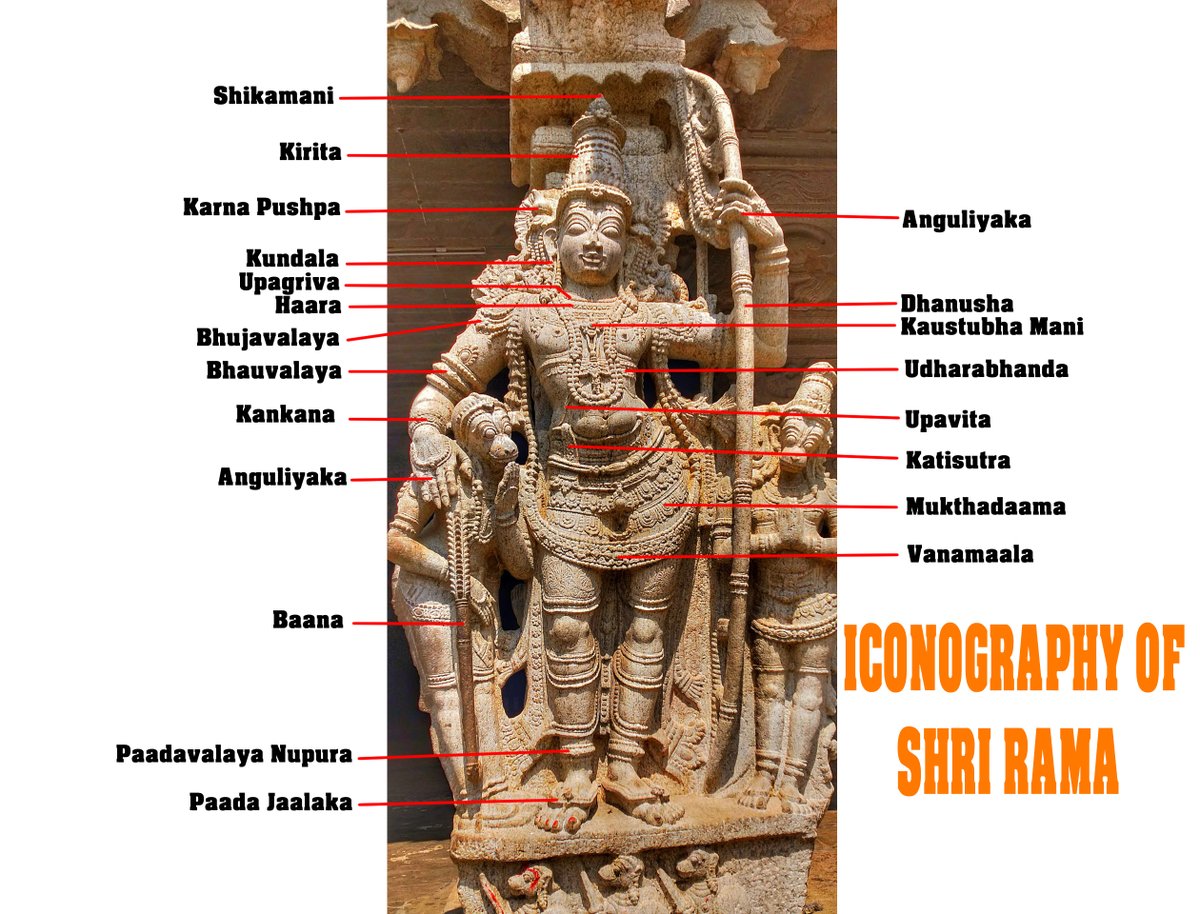
Undoubtedly. His legendary work, the Samarangana Sutradhara has no parallel for its time. In this particular chapter in the Samarangana called Yantra-vidhanam, he describes the method of building pretty advanced mechanical devices like Golakabhramana, Jalayantra & many other. 
https://twitter.com/subhash_kak/status/1378409370350931978

Bhoja talks about a number of advanced mechanical devices which he calls as "Yantras"
He defines a Yantra as " The device by which the mahabhutas like earth,water,fire,air & ether are controlled. When the free & natural activities of these mahabhutas...cont...
He defines a Yantra as " The device by which the mahabhutas like earth,water,fire,air & ether are controlled. When the free & natural activities of these mahabhutas...cont...
..,the primary elements are made to act in a particular manner by means of some device, it is an Yantra"
Bhoja also classifies these Yantra into 2 types.
1) Svayamvahakam (Automatic devices)
2) Sakrt Preryam (Device that requires occasional propelling)
Bhoja also classifies these Yantra into 2 types.
1) Svayamvahakam (Automatic devices)
2) Sakrt Preryam (Device that requires occasional propelling)
Some of the Yantras described by Bhoja in the Samarangana Sutradhara. From the simple ones that are seen in children's toys like Ratha dola to super advanced warfare machines. 

Bhoja also describes what the characteristics of what can be called a good Yantra. Some of the terminologies used by him to describe good mechanical devices
Shlakshnata - Firmness of appearance
Nirvahanam - Functional efficiency
Laghutvam - Lightness
Shabdaheenatha - Noiseless
Shlakshnata - Firmness of appearance
Nirvahanam - Functional efficiency
Laghutvam - Lightness
Shabdaheenatha - Noiseless
Ashaitilyam - Freedom from looseness
Aghadhata - Freedom from stiffness
Vahaneeshu samastaasu soushlistya - smooth & unhampered motion
Dardyam - Durability
Asrunata - Softness
Chirakaalasahatvam - Endurance.
Aghadhata - Freedom from stiffness
Vahaneeshu samastaasu soushlistya - smooth & unhampered motion
Dardyam - Durability
Asrunata - Softness
Chirakaalasahatvam - Endurance.
• • •
Missing some Tweet in this thread? You can try to
force a refresh



